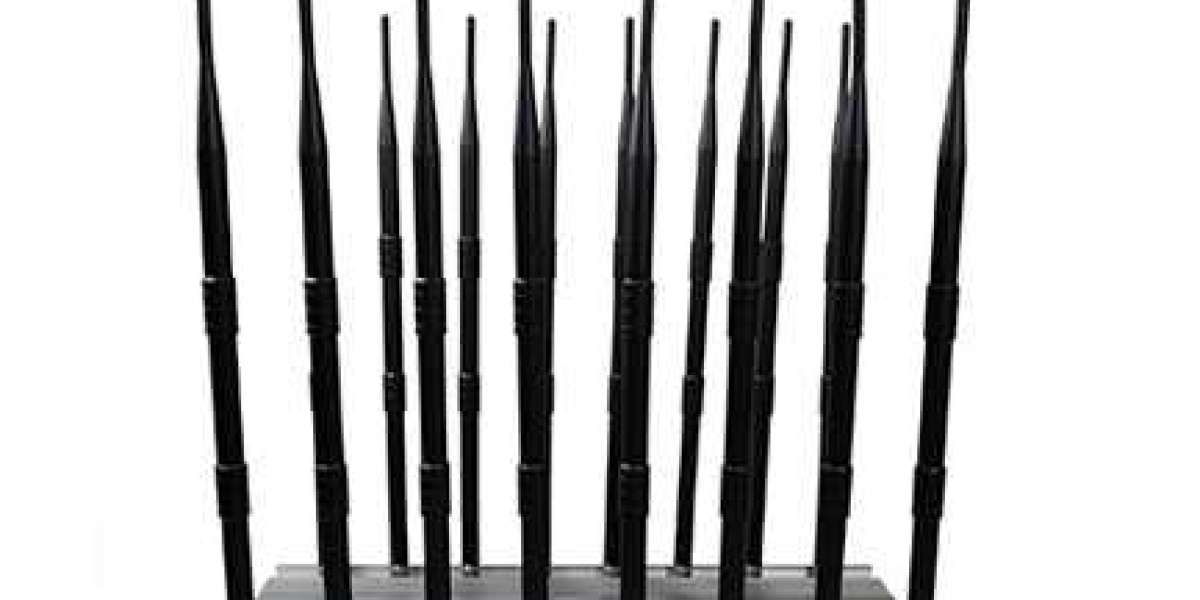Almost a million drones are flying in German airspace - a challenge for German air traffic control experts. They tested how flying objects can be removed from the sky in case of danger.
Manching / Berlin The drone is just a small speck in the winter sky above the airfield in Manching near Ingolstadt. "But it could crash a plane," says Bundeswehr expert Peter Pörsch. An alarm signal lights up on the air traffic controllers' screens. The intruder flying in a wild zigzag is captured, an interceptor drone attaches to his trail and pulls him out of the sky with a safety net.
Two months after London Gatwick Airport was blocked by drones, German Air Traffic Control (DSF) tested this new method of drone defense with the Bundeswehr. After successful hands-on testing with ongoing flight operations, they showed industry experts on Wednesday how it all works.
The subject burns on their fingernails. Before Christmas, 1,000 flights with 140,000 passengers at London-Gatwick had been canceled because drones had been sighted on several occasions. Air traffic was paralyzed for almost three days.
In Germany, too, pilots are increasingly reporting incidents with drones - 158 times last year, as Thilo Vogt from German air traffic control says. In April, there was a brief break at Cologne Airport, Switzerland, when a drone collided with a helicopter near Locarno Airport.
Today, almost a million drones are already flying in German airspace. By law, they must actually avoid the vicinity of airports, crowds of people, or residential areas. But recreational pilots or inconsiderate attackers always cause incidents.
"Until now, drones have been invisible to our radar systems," says Vogt. Registration and electronic recognition of all drones are overdue.
For example, they could be equipped with a SIM card and send a signal over the mobile network so that they can be recognized by air traffic control and other authorities. DFS has already developed such a solution with Deutsche Telekom. For example, drones from energy providers or Deutsche Bahn that monitor power lines and tracks can be easily recognized and checked off as harmless.
Discover and take from paradise
With the Rheinmetall armament group, air traffic control has also found a solution to discover hidden flying drones and, if necessary, bring them out of the sky. Thanks to infrared, laser and electro-optical sensors "we can discover the drone and even recognize what it is carrying", explains Rheinmetall expert Matthias Diehm. For the first time, all systems are brought together in one status report, "this is the big breakthrough here".
A whole swarm of drones is recognized and everyone's movement is tracked. In order to keep them away from the sky, spurious signals can also be used, which defeats the remote control of the drones.
“We claim that they are in the wrong position by falsifying satellite data,” says Bundeswehr expert Pörsch. "Or we trick it into thinking it's on the ground - then it turns off its rotors and falls from a height of 50 meters."
Another possibility would be to overload the drone's communication system with drone jammer. The connection to the drone's navigator is interrupted, the flying object crashes or has to make an emergency landing.
Other defense systems work with laser weapons or shotguns. Brazil relied on the German Cheetah anti-aircraft gun to protect its stadiums at the 2016 Olympics and the 2014 World Cup.
A method that has been tried out in the Netherlands, among other places, can do without this martial weapon technology: there, specially trained birds of prey fall on drones and crash them.














